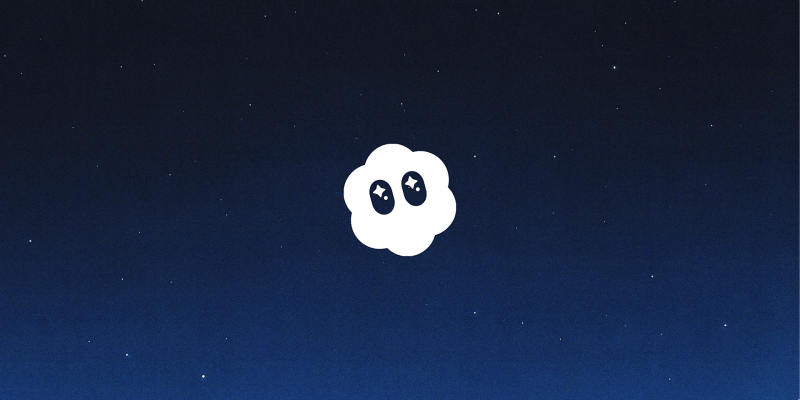
OpenAI’s Sora 2 blurs the line between imagination and reality 🤖 🎬
Cliquez ici pour lire en français
OpenAI is shifting gears again. After redefining how we write with ChatGPT, the company now wants to reshape how we see and create. Its latest model, Sora 2, takes AI video generation to a new level — making it not just more powerful, but radically more accessible.
Beyond the technical “wow” factor, though, Sora 2 brings with it a wave of new creative possibilities — and a few unsettling questions about what’s real on our screens.
What really changes with Sora 2 🚀
Sora 2 isn’t just an upgrade — it’s a leap. The model can now generate videos with native audio, including voices, music, and environmental sounds, all perfectly synced. Motion realism has improved dramatically, physics feel natural, and multi-angle scenes hold together with cinematic coherence.
The result: short, high-quality clips tailor-made for platforms like TikTok, Reels, or YouTube Shorts — impressive both in detail and composition.
A new “Cameo” feature lets users drop themselves (or friends) into generated scenes, under strict consent controls.
OpenAI is also testing a Sora companion app — still in limited access — that blends social and creative discovery. Think of it as a hybrid between a social feed and a creative studio, designed for scrolling, exploring, and generating on the fly.
Creativity with (almost) no limits 🎨
Sora 2’s strength lies in its creative flexibility. Whether you ask for cartoon animation, cinematic realism, or surreal dreamscapes, the system adapts with stunning control and precision.
Native audio support changes everything: synchronized dialogue, ambient effects, and immersive sound design make AI-generated clips feel authentically filmed. The line between real and synthetic is thinner than ever.
Still, it’s not flawless. Some visual glitches remain, and generating a 10-second sequence can take between two and five minutes — a reminder that even magic has a loading bar.
The darker side: deepfakes, misinformation, and blurred reality 🚨
The biggest concern around Sora 2 isn’t its power — it’s its potential misuse. Hyperrealistic AI videos could make it harder than ever to tell truth from fiction, raising fears about deepfakes, misinformation, and identity theft.
OpenAI has built in several safeguards:
- 🔒 Filters that block videos featuring real people without consent;
- 🧑💻 Enhanced human moderation for sensitive content;
- 🪪 Invisible watermarks and metadata for traceability;
- 🏢 Stricter governance policies for enterprise users.
Even so, early testers are already finding ways around the restrictions. “Fake” clips have started circulating online, reigniting a familiar question:
In a world where anyone can generate reality, how do we preserve trust in what we see?
The bottom line: augmented creativity, real-world responsibility 🌍
Sora 2 marks a stunning leap forward for AI-generated video — and a critical moment for digital society. It promises to empower creators, brands, and storytellers like never before, but also demands a new kind of vigilance.
As technology blurs the boundary between imagination and reality, one truth remains: innovation and responsibility must evolve together — or risk losing our grip on what’s real.
💬 What do you think?
Does Sora 2 inspire you or unsettle you ? Could AI video become the next big creative tool — or the next deepfake nightmare? Share your thoughts in the comments. Let’s talk about where we go from here. 👇
📱 Get our latest updates every day on WhatsApp, directly in the “Updates” tab by subscribing to our channel here ➡️ TechGriot WhatsApp Channel Link 😉






